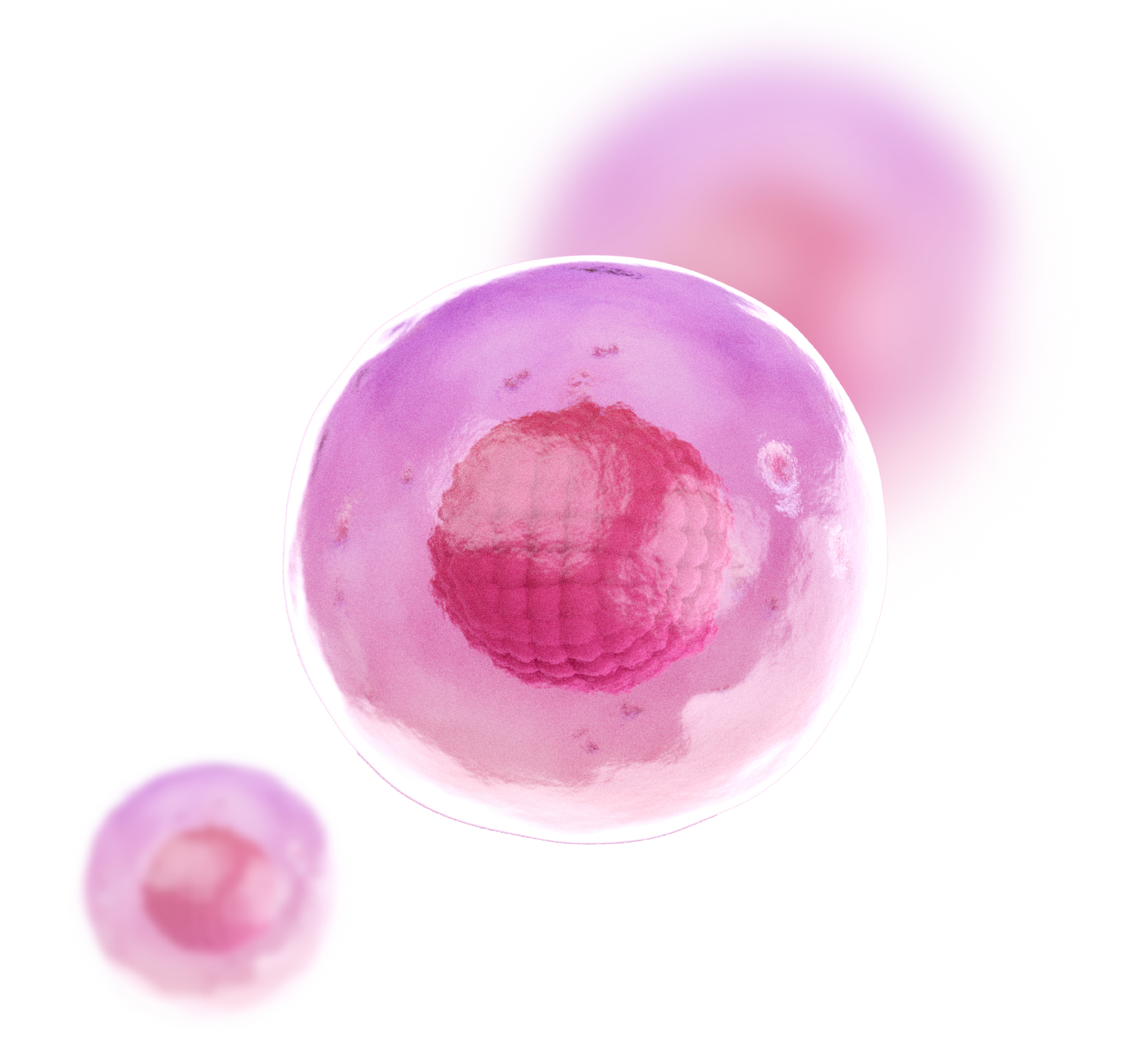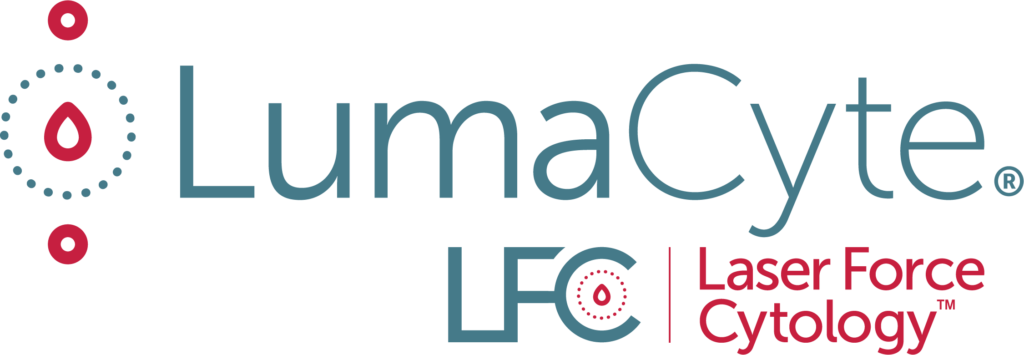
Laser Force Cytology™ (LFC), rapid viral infectivity assay data correlates tightly with traditional plaque and TCID50 assays. Radiance® provides new information around host response and the viral life cycle, enabling a better understanding of cellular infection through the measurement of novel phenotypic changes.
-
Detects T-cell activation in a label-free manner
-
Quantifies response of tumor cells to drug candidates using label-free CTC analysis
-
Identifies, characterizes, and sorts cancerous cell phenotypes
-
Quantitatively measures the changes in the cell’s cytoskeleton which is known to correlate with metastatic potential
Detecting And Characterizing Tumor Cells Is Critical For CTC Analysis
-
Tumor cells change and display tremendous heterogeneity
-
Current cell sorting methods use antibodies for detection, but are inadequate as antigens can change over time, between patients, and after treatment
-
Circulating tumor cells (CTCs) are important rare cells that are crucial for understanding cancer biology and have great diagnostic value and are difficult to reliably detect using antibody-based methods.
-
Drug companies can use LumaCyte’s Radiance instrument to understand changes in cell phenotype in response to drug candidates in pre-clinical research and testing


